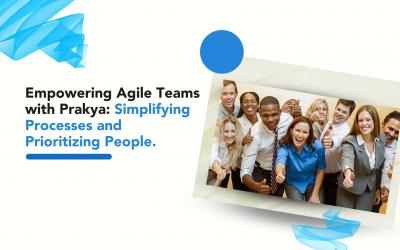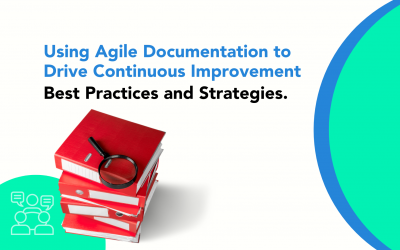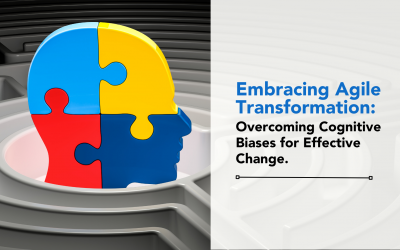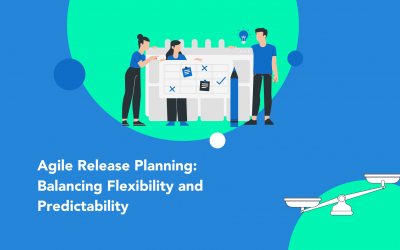BLOGS
Come! Be a thought leader with us.
This is where we are going to speak our mind and generate conversation on latest issues in agile practice, push our take on challenges in the agile space, and encourage you to think and engage with us.
FREE FOR 30 DAYS. NO CREDIT CARD REQUIRED.
Empowering Agile Teams with Prakya: Simplifying Processes and Prioritizing People
Prakya empowers Agile teams to prioritize people and interactions by making processes invisible. Cognitive overload is a common issue that teams face during Agile transformations, leading to emotional imbalances and reduced productivity. Agile methodologies prioritize people and interactions over processes, recognizing that the success of software development is driven by the human element. Simplifying and streamlining workflows is essential to reduce cognitive load and emotional imbalances, leading to increased productivity and better project outcomes. Prakya provides a unified Agile workspace to transform teams into the Agile world without feeling the change or heaviness, allowing them to focus on their core competencies.
Using Agile Documentation to Drive Continuous Improvement: Best Practices and Strategies
Agile documentation is the process of creating and maintaining lean, flexible and responsive documentation in an Agile development environment. It is critical in driving continuous improvement in Agile methodology by sharing knowledge and identifying areas for improvement. Best practices for creating Agile documentation include providing just enough documentation, writing for understanding and usefulness, capturing essential information, and collaborating and seeking feedback. It can be a powerful tool for process optimization, managing change, and improving organizational learning.
Embracing Agile Transformation: Overcoming Cognitive Biases for Effective Change
Agile transformation is crucial for growth and success, but cognitive biases like status quo, confirmation, and loss aversion biases can cause resistance. To overcome them, organizations can educate, involve stakeholders, and create a safe environment for concerns. Cultural conditioning and past experiences can affect how people react to change. Change management strategies should be culturally appropriate and inclusive. Emotions impact our response to change, so addressing them is vital for engagement. Leaders can increase ownership by involving employees in decision-making, feedback, and development.
Self-Organization in Agile: Trust is the key ingredient for success
Trust is crucial for success in Agile teams. Self-organization enables members to make decisions and solve problems independently, but without trust, innovation and creativity may suffer. To build trust, foster open communication, actively listen, value perspectives, recognize trust-building behaviors, prioritize vulnerability, and build a sense of community. Trust-building is an ongoing process that requires continuous effort and investment, and prioritizing it in Agile practices can create a culture of collaboration and excellence that drives success.
How can Agile Technology improve Educational value
Agile Technology is gaining popularity in education for its ability to transform student-centered learning. It is an iterative and flexible approach that emphasizes continuous improvement. While widely used in software development, its application in education is relatively new. Traditional teaching methods have been rigid, with teachers following a set curriculum, leading to disengagement and boredom. A student-centered approach that focuses on individual needs and learning styles is necessary. Agile Technology enables teachers to create a personalized learning experience that can adapt to each student.
Agile Release Planning: Balancing Flexibility and Predictability
In the blog post, the topic of discussion is the importance of balancing flexibility and predictability in Agile Release Planning. The application of Agile Release Planning techniques to the writing process is shared as an experience to deliver high-quality content. The Agile Release Planning process is explained, including its key elements such as the Product Vision, Product Backlog, Release Goals, Iteration Plan, and Release Plan. Additionally, the differences between Agile Release Planning and Waterfall Release Planning are highlighted. Balancing flexibility and predictability in Agile Release Planning is deemed crucial, as it allows adapting to changing customer needs, responding quickly to feedback, managing risks more effectively, and delivering high-quality software products within the expected timeline and budget. The post concludes with offering tips for finding the right balance between flexibility and predictability in Agile Release Planning.





